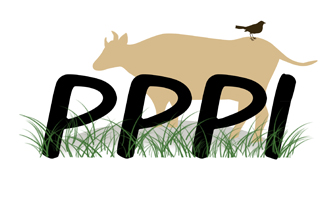People often ask how things are going with the effort to secure a good future for the PFRA pastures. We started on this journey on November 23 last year so it is time to look back on what has happened during those twelve months. With all that has happened, PPPI believes that the CPPAS approach of an overall provincial management plan for all the pastures will ensure the best outcomes for all stakeholders, including the public. Producers should not be expected to cover the costs associated with enhancing and protecting public goods. That said, we have much to celebrate!
1. Virtually all of the land will remain publicly owned for the time being.
2. The pastures will not be subdivided.
3. If any is sold it will be to pasture patron groups and only with a conservation easement
4. The penalties and enforcement system for Crown land sold with an easement has been markedly improved
5. Access for hunting and naturalists/scientists will not be changed
6. More Saskatchewan people and Canadians know what a PFRA pasture is and why they matter.
7. Groups with an interest in the pastures from various angles are now sharing ideas about the future of the pastures. To date, 46 Saskatchewan, Canadian and international organizations have endorsed the PPPI principles.
8. The Province has repeatedly given assurances that species at risk and biodiversity will be protected.
We intend to stick with this journey, because the investment Canadians have made in the PFRA pastures is too important to be lost. The work of PPPI in the coming months will focus on:
– Continuing our discussions and communications with First Nations, cattle producers and others concerned about the pastures
– Encouraging the Province to maintain the same stocking rates and public access to the pastures
– Research on carbon sequestration
– Looking at issues of controlling invasive species
– Ensuring methods for monitoring species at risk
– Monitoring the talks between the Province and the first five pasture committees to transition


